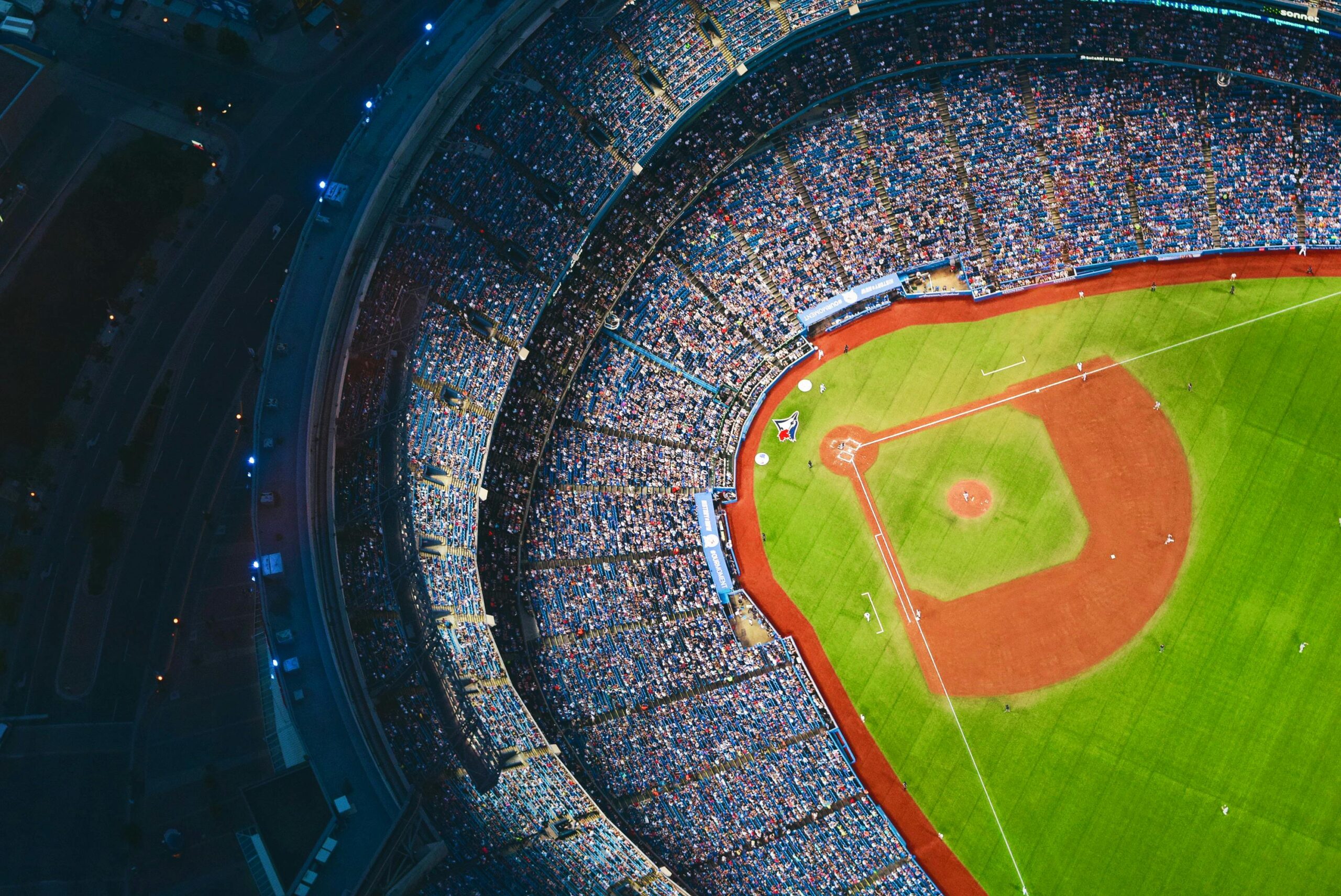Baseball, often hailed as America’s pastime, has woven itself into the cultural fabric of not only the United States but numerous countries around the globe. Its unique blend of history, strategy, skill, and a bit of luck captures the hearts of millions. The game continues to evolve, keeping fans intrigued and invested through the changing landscapes of rules, technology, and player dynamics. Today, we explore the rich world of baseball, its nuances, and why it remains an enduring part of sports culture worldwide.
The roots of baseball can be traced back to the mid-19th century, evolving from older bat-and-ball games brought to North America by immigrants. Over time, baseball developed its rules and playing style, eventually crystallizing into a professional sport with the formation of Major League Baseball (MLB) in the United States in 1876. Those early years established iconic franchises and legends that laid the groundwork for a sport that would transcend national borders.
A modern baseball game is a thrilling blend of individual achievement and team strategy. At its core, understanding baseball requires a deep look at its dual nature as both a pitcher’s and batter’s game. On the mound, pitchers employ a combination of physical skill and mental acumen to disrupt a batter’s timing and composure. Pitchers like Sandy Koufax and, more recently, Clayton Kershaw have mesmerized fans with their near-magical mastery of pitches.
Batters, on the flip side, are engaged in a constant battle of adaptation and anticipation against pitchers. Players such as Babe Ruth and Hank Aaron laid the foundations, while modern-day athletes like Mike Trout and Aaron Judge continue to push the boundaries. Hitting a baseball is often touted as one of the hardest feats in sports, requiring keen eyesight, precise hand-eye coordination, and split-second decision-making.
The technological revolution has also left its mark on baseball. Advanced analytics and data-driven strategies have fundamentally altered how the game is played and viewed. Teams now rely heavily on sabermetrics – coined from the Society for American Baseball Research (SABR) – to assess player performance, prepare for opponents, and make strategic in-game decisions. Tools like Statcast provide real-time tracking of player movements, speed, and pitching accuracy, allowing fans unprecedented insights into the game. Swing into Summer: Why Baseball is the Ultimate Game of Skill and Strategy
The result is a more nuanced appreciation of baseball’s intricacies. Previously undervalued aspects of play, such as on-base percentage, defensive range, and pitch framing, now play central roles in evaluating player success. The “Moneyball” approach, popularized by the Oakland Athletics under General Manager Billy Beane, is just one example showing how data analytics can transform a team’s competitive edge in the league.
Moreover, the digital age has revolutionized fan access and engagement. Baseball games are now streamed worldwide, reaching fans in remote locations and expanding viewership beyond the traditional regional boundaries. This global exposure has also led to a diversification of player rosters, with talents surfacing from countries like Japan, Korea, Venezuela, the Dominican Republic, and Cuba. Players like Shohei Ohtani and Fernando Tatis Jr. have captivated audiences, showcasing not only their prowess on the field but also their cultural impacts on the sport. Baseball – Wikipedia
The cultural impact of baseball extends beyond the field. Iconic moments like Jackie Robinson breaking the racial barrier in 1947 stand as pivotal events in social history, challenging and gradually dismantling entrenched racial prejudices. Baseball has served as a platform for dialogue and change, reflecting and inspiring shifts in societal values and perspectives.

Despite its rich history, the sport is not without its challenges. The pace of play has been a contentious issue, with critics arguing that the games are often too slow, impacting viewership in today’s fast-paced world. To address this, MLB has introduced rules to speed up the game, like the pitch clock and limitations on mound visits. While these changes aim to attract a younger audience, they have sparked debates among purists who value the tradition and leisurely tempo of the sport.
Another critical aspect that baseball enthusiasts discuss is the impact of performance-enhancing drugs (PEDs) on the sport. The rise and subsequent backlash against players who have used PEDs have shaped baseball’s modern narrative, pushing the league to enforce stringent testing and penalties to preserve the sport’s integrity. Legends whose careers have been marred by allegations highlight the ongoing tension between legacy and regulation within the league.
The legacy of baseball is sustained by its powerful moments and the myths that surround them. The “shot heard ’round the world,” Buckner’s infamous error in 1986, and Ken Griffey Jr.’s picture-perfect swing are as compelling today as they were decades ago. The interplay of triumph and heartbreak endears the sport to generations, continually renewing its appeal.
For those who live, breathe, and play baseball, the sport is more than just a game; it’s a narrative journey filled with drama, strategy, and camaraderie. Each season brings new stories, challengers, and changes that keep everyone guessing what is next on this grand sporting canvas. As the sport continues to evolve, so too does the conversation around it, from Swinging for the Fences: A Fresh Look at Baseball’s Timeless Allure to innovations in equipment and player safety protocols.
In the end, baseball’s strength lies in its ability to retain its core while embracing change. It’s a sport that is inherently part of our human story, reflecting individual battles within a structured team environment. Whether it’s the strategic genius of managing a bullpen or the emotional depth of enduring rivalries, baseball serves as a reminder of our collective passion for challenging endeavors. It holds a mirror to life’s challenges and triumphs.
Catch the spirit of baseball, feel its pulse, and revel in the limitless possibilities it offers. Because in baseball, as in life, it ain’t over till it’s over.
Share this post with your friends and family!